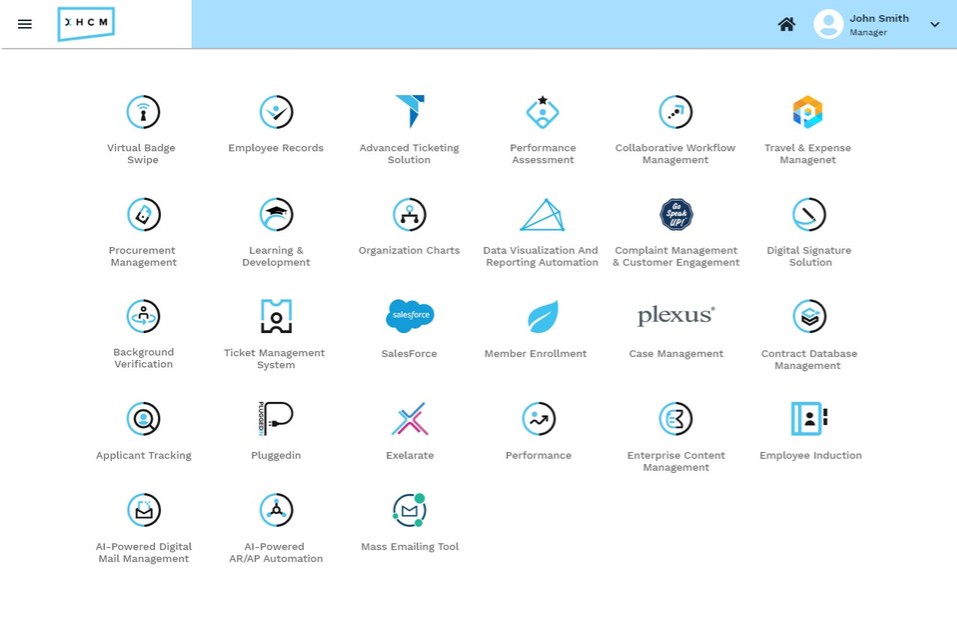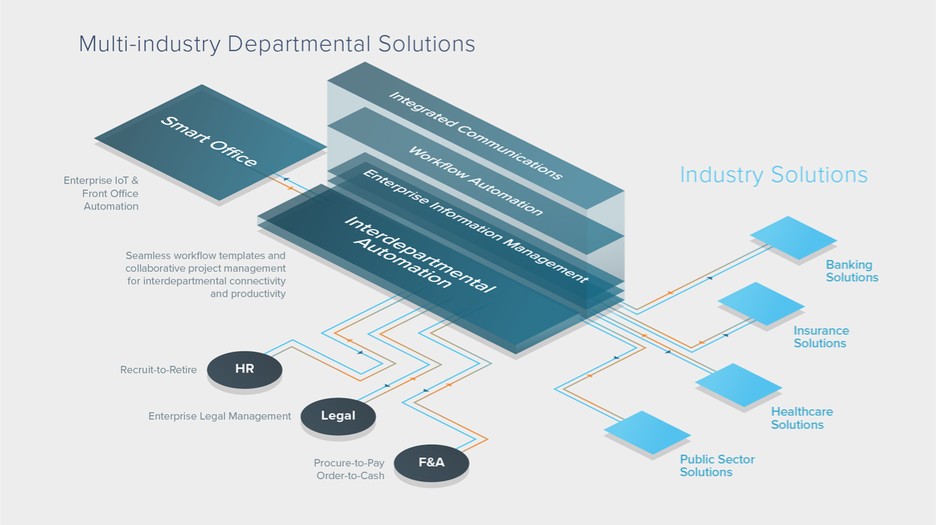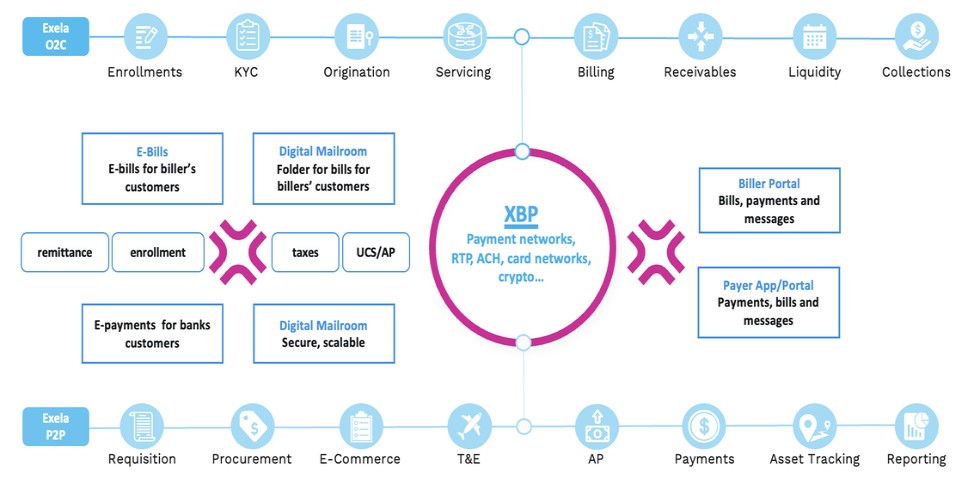million and $0.6 million for the years ended December 31, 2020 and 2019, respectively, for reimbursable legal expenses of Ex-Sigma 2.
The Company made payments totaling $5.6 million to Ex-Sigma 2 during the fourth quarter of 2019. Separately, the Company determined it was obligated to reimburse premium payments of $6.9 million made by Ex-Sigma 2 on the Margin Loan under the terms of the Consent, Waiver and Amendment. Pursuant to a written settlement agreement entered into in June 2020, Ex-Sigma, SourceHOV and the Company agreed that the $5.6 million of payments made during the fourth quarter of 2019 would be accepted to fully discharge the Company’s obligation to reimburse Ex-Sigma 2 for the $6.9 million of premium payments. The Company recorded the difference of $1.3 million between the obligation amount and the settlement amount as an increase to additional paid in capital in the consolidated statements of stockholders’ deficit for the year ended December 31, 2020.
In addition, in October 2019, the Company awarded $6.3 million in bonuses to certain employees who were also indirect equity holders of Ex-Sigma 2 through their holdings of Ex-Sigma that had been issued upon the vesting of RSUs granted under the 2013 Plan. Ex-Sigma 2 pledged all of its capital stock in the Company as collateral for the Margin Loan. The Company remitted the net amount of $4.6 million (after withholding payroll taxes of $1.7 million) toward the outstanding balance on the Margin Loan in order to benefit such employees. The bonus amount remitted by the Company was originally determined by Ex-Sigma management based on such employees’ over-all equity ownership of Ex-Sigma. Following payment in full of the Margin Loan, during the first quarter of 2020, Ex-Sigma 2 distributed the shares of the Company’s capital stock held by it to its sole equity holder, Ex-Sigma, who distributed the shares to its equity holders, including the bonus recipients. Many recipients of these shares have entered into voting agreements in respect of those shares with HGM. These bonus payments were not processed or approved according to the Company’s internal control policies. In May 2020, each employee that received the bonus countersigned an authorization letter confirming their authorization for the Company to remit the amount of their net bonus to pay a portion of the Margin Loan. The Company recorded the $6.3 million bonus payments as compensation expense in selling, general and administrative expenses in the accompanying statements of operations for the year ended December 31, 2019.
Consulting Agreement
The Company receives services from Oakana Holdings, Inc. The Company and Oakana Holdings, Inc. are related through a family relationship between certain shareholders and the president of Oakana Holdings, Inc. The expense recognized for these services was approximately $0.2 million, $0.2 million$0 and $0.2less than $0.1 million for the years ended December 31, 2021, 20202023 and 2019,2022, respectively.
Subscription Agreements
During November 2021 and December 2021,On July 21, 2022, the Company entered into separatea share subscription agreementsagreement with five of its directors.Executive Chairman. Pursuant to thesethis subscription agreements,agreement, on August 11, 2022, the Company issued and sold 62,500, 158,730, 63,492, 79,365 and 39,682355 shares of Common Stock of the Company to Sharon Chadha, Par Chadha Martin Akins, J. Coley Clark and John Rexford, respectively, for a purchase price of $0.1 million, $0.2 million,million.
Subscription, Voting and Redemption Agreement
On October 9, 2023, the Company entered into the Subscription, Voting and Redemption Agreement with GP-HGM LLC, an entity affiliated to the Executive Chairman of the Company, pursuant to which GP-HGM LLC purchased 1,000,000 shares of a new class of preferred stock designated as “Special Voting Stock” for an aggregate purchase price of $100 and agreed to vote all of the shares of Special Voting Stock at the annual meeting of stockholders, scheduled for June 13, 2024 (the “Annual Meeting"), in proportion to the votes cast at the Annual Meeting. Each share of Special Voting Stock is entitled to 20,000 votes per share. The Company has further agreed to redeem the shares of Special Voting Stock for an aggregate price of $100 on the first business day following the date on which the voting on the Amendment to Series B Certificate of Designations Proposal has concluded.
At the Annual Meeting, stockholders will be asked to approve an amendment to the Certificate of Designations of the Company’s Series B Preferred Stock to allow the Company to have the ability to (a) pay dividends in shares of Common Stock, (b) pay less than all of the accrued dividends, and (c) pay dividends on any date designated by the Company’s Board for the payment of dividends. These Special Voting Stock are outstanding as of December 31, 2023.
Invoicing Support and Collection Services
On September 1, 2023, the Company, through one of its subsidiaries, entered into a Master Services Agreement (the “Agreement”) with Doctors of Waikiki LLP (the “DOW”), which is an affiliate under common control with HGM, where the Company could provide services under one or more statement(s) of work (each, a “SOW”) to DOW. Each SOW, together with the terms of this Agreement, shall be deemed a separate contract that is effective as of date set forth in the SOW. The Company, acting under the first statement of work (SOW-1), provides collection services to DOW to collect past-due medical debts from its patients and insurance companies for which the Company receives a commission of 15% for accounts assigned within one year of the service date and 25% for accounts assigned after one year. Under the second statement of work (SOW-2), the Company manages DOW's insurance billing and denial management for medical bills generated after patients receive treatment from DOW for which the Company invoices $2,000 per month for each full-time employee assigned to the project. For the year ended December 31, 2023, the Company has recognized less than $0.1 million $0.1 million and less than $0.1 million, respectively.of income under these two SOWs.
Relationship with Apollo Global Management, LLC
The Company provided services to and received services from certain Apollo Global Management, LLC (“Apollo”) affiliated companies. Funds managed by Apollo held the second largest position in our Common Stock following the Novitex Business Combination and had the right to designate two of the Company’s directors pursuant to a director nomination agreement. Apollo has announced that its affiliated funds ceased being shareholders on March 11, 2020. The Company excluded disclosure of transactions related to Apollo after March 31, 2020 as the related party relationship with Apollo ceased during the first quarter of 2020.Account Receivable Sale Agreement
On NovemberSeptember 18, 2014,2023, the Company, through one of the Company’sits subsidiaries, entered into a master services agreementan Account Receivable Sale Agreement (the “AR Agreement”) with an indirect wholly owned subsidiaryDOW for purchases of Apollo. Pursuantaccounts receivable from DOW. Under the AR Agreement, DOW agreed to this master services agreement,sell certain healthcare receivables eligible under the AR purchase program, subject to acceptance by the Company provided printer supplies and maintenance services, including toner maintenance, training, quarterly business review and printerup to $1.4 million. The Company will earn certain fees as outlined in the agreement,





